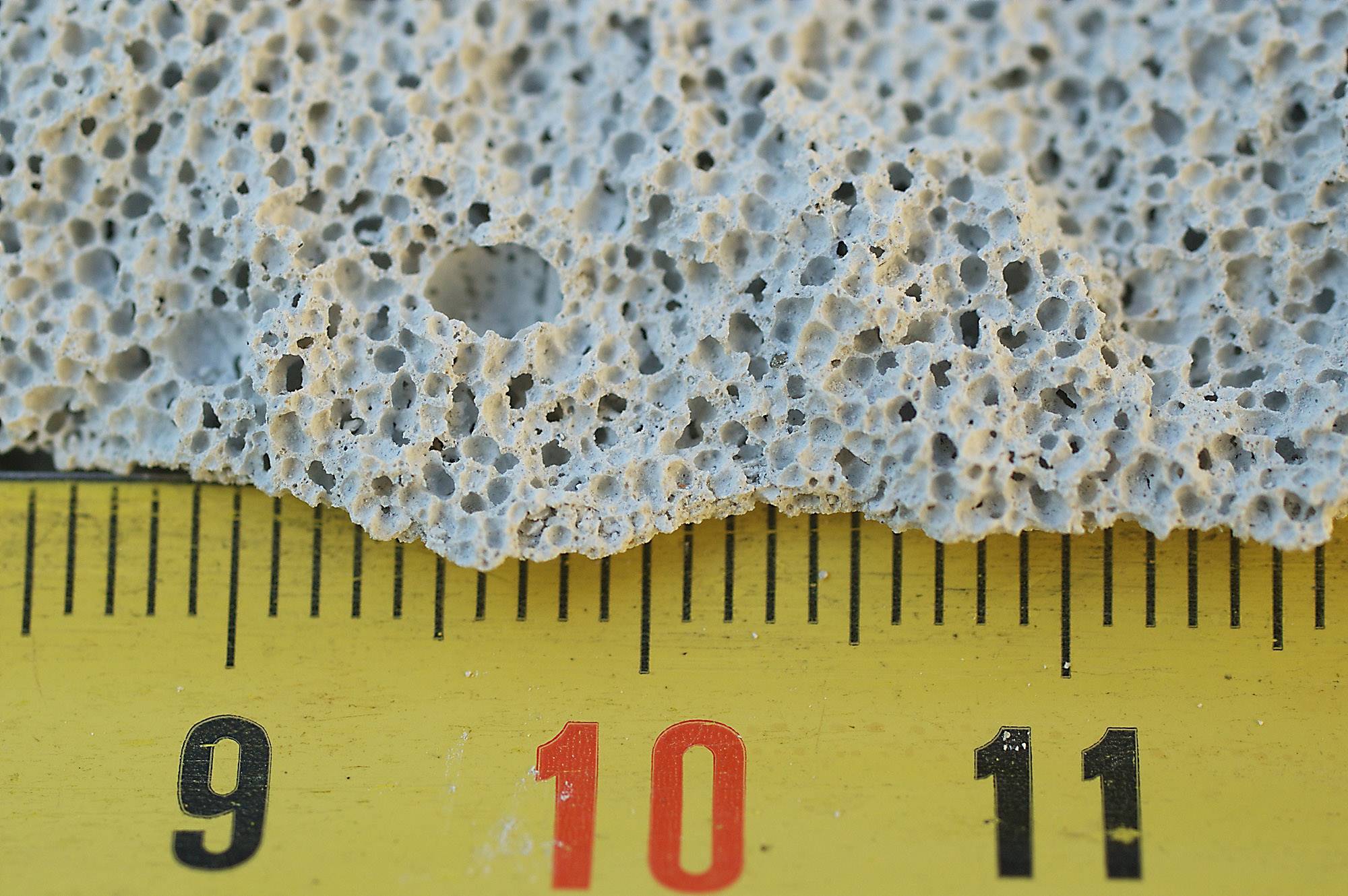Introduction
Back in 2011, Brantley Hightower (fellow architect, former college roommate, co-best man, and founder of HiWorks Architecture) and I co-wrote a blog called the Collateral Design Blog. It was largely structured as a dialogue, based off of the emails we'd send back and forth. From time to time, I'll be mining that work for articles here. Now, on with the dialogue.
Brantley Hightower, 1/10/2011
In the last issue of Architecture Boston there was an interesting essay by Matthew Bronski and Kiel Moe about whether or not architecture has ever been truly modern. The thesis they develop is stated clearly in their opening paragraph:
"If modernity in architecture is in part characterized by a stripping away of the inessential and the use of technology to achieve a minimal architecture of distilled and rational elegance, then 20th-century Architecture realized only the aesthetic potential of modernity but neither its technical nor construction potential."
-from "We Have Never Been Truly Modern" by Matthew Bronski and Kiel Moe
As you know, Jay, I've been working for several years on a courthouse documentation project [Ed: that link will take you to Amazon, where you can purchase the book. Yes, these exchanges took place THAT long ago] which studies buildings that were often built a century or more ago. While aesthetically these buildings are more "complex" with ornate arches, colonnades, entablatures, pediments and the like, the buildings themselves are from a technical standpoint much simpler than their 21st-century counterparts. Of course we ask more of our buildings now than we did at the end of the 19th-century -- we expect our buildings to have certain conveniences such as air conditioning, electricity, and indoor plumbing. Still, the typical wall section of an 1890s courthouse consisted of exterior stone and interior plaster while a building of any type today would consist at the very least of an exterior cladding material, an air space, a vapor barrier, and a layer of insulation before getting to the interior gypsum board. Whereas buildings once relied on the thickness of a few materials to do all the things a wall needs to do, today we rely on an ever-increasing layered assembly of thin materials that are difficult to assemble correctly and more likely to fail when they aren't.
I know I'm starting to tread into territory beyond my area of expertise, but I do think there is a larger question to ask: why, in a society that seems to appreciate simplicity (iPhones aren't popular merely because they look cool), architects seem to making things more complex than they really need to be. The culture in which we work has in many ways dictated us to approach design in a specific way that supposedly responds to the realities of both the construction industry and expectations regarding building performance. But in my experience the standard way of designing a layered wall section has more to do with providing the contractor with something familiar so that they won't get scared and inflate their budget estimate.
Thus design moves "forward" with no one at the helm and we as architects adopt tools that are themselves overly complex (BIM) in an attempt to manage the over-complexity of the buildings we are designing. Maybe what I'm describing is merely a symptom of modernity rather than a failed embrace of it. Maybe I should just shut up and label the rigid insulation in my wall section like a good little worker bee.

Jay Louden, 1/13/2011
I think the question you've brought forward is as layered as the wall sections. The basic fact that the problem that we're typically asked to solve -- condition interior spaces within very tight tolerances of temperature and humidity control, while keeping conditioning expenses to a minimum, while designing in cost-effective ways which don't engender mold growth, deterioration of the structure, or any of a hundred other problems -- is a very complex one. It's not possible to solve all conditions of that problem in a relentlessly simple fashion except in the desert.
Would it be nice to use 24-inch thick stone blocks? Yes. Yes it would. Is that a realistic solution in many cases? Not really, regardless of what the ArchitectureBoston article says about its economy -- moving, shaping, and setting stone is expensive. And in many cases, such as the hot-humid climate of San Antonio, it isn't actually a solution. Except for monel plates inserted at great expense, the Alamo's stone would be ever-more-quickly becoming smaller and smaller particles because of the moisture drive caused by the conditioning inside and the humidity and temperature of air outside.
Would it be nice to use passive ventilation in that same climate? Absolutely. I've thought about how I could accomplish that in my own house. Will developers, school districts, or the government accept that? No, because it's still going to be 85+ degrees inside on some days, even with all the thermal mass and careful shading and solar chimneys you can throw at it. But those two situations, and many others, change dramatically if the problem is redefined. What if we accept that 85-degree peak day? What if we accept the higher expense of thermally massive construction and cope with its shortcomings with simple solutions? What if we accept a 50-year life instead of a 100-year life?
At the same time, I don't think that it's necessary to accept current solutions as valid. Building science is increasingly zeroing in on what are relatively simple concepts, like moving insulation to the outside of the wall and protecting it, or putting a vapor barrier in the right place in the assembly, etc. The construction praxis for that theory is not well worked out, though, and more often than not, what we design reflects common practice, not good theory. It's possible to imagine a layered but relatively simple wall section that addresses all of the problems, perhaps at some non-trivial but not extreme expense. And I agree with your assertion that there are presentations which modern society require that force unnecessary complexity upon us, both on the part of the client and of the contractor.
I have an ideal design firm in the sky. That firm pushes technological boundaries -- it doesn't accept the standard wall section because of the problems you've identified. It substitutes aerated autoclaved concrete block for the studs and gyp and insulation, and figures out how to incorporate wiring raceways which allow for easy, changeable access while at the same time becoming an integral part of the visual design. It uses exterior materials chosen for their properties and how they are a part of a simple system rather than throwing brick at it because the client likes brick, or EIFS because it's cheap. And if that doesn't work, it learns from its mistakes and does it differently, better, the next time. And again. Also, the coffee is really good.
[Addendum, 2015: Haven't used aerated autoclaved concrete block yet, although it's still a desire. But the coffee IS really good.]
Photo: Detail of aerated autoclaved concrete block. By Marco Bernardini (Own work) [CC BY-SA 3.0 (http://creativecommons.org/licenses/by-sa/3.0) or GFDL (http://www.gnu.org/copyleft/fdl.html)], via Wikimedia Commons
[Addendum, 2015: Haven't used aerated autoclaved concrete block yet, although it's still a desire. But the coffee IS really good.]
Photo: Detail of aerated autoclaved concrete block. By Marco Bernardini (Own work) [CC BY-SA 3.0 (http://creativecommons.org/licenses/by-sa/3.0) or GFDL (http://www.gnu.org/copyleft/fdl.html)], via Wikimedia Commons
